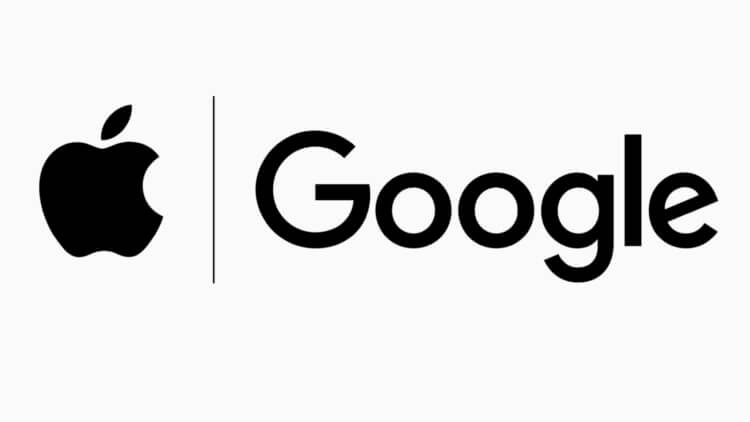The spread of coronavirus infection has dramatically changed the way people live around the world. Now we are much more loyal to medical masks, we are learning to see the benefits in the restrictions imposed by the authorities, and manufacturers create effective ways to spy on people, justifying this by taking care of ourselves. But if a month ago the majority would never have agreed to be followed, today many of them have changed their minds, starting to think that perhaps the Chinese scenario is not so bad since it is about survival. But no one expected that Apple and Google would be engaged in the creation of tracking systems.

Apple teamed up with Google to fight coronavirus
Yes it's true. Apple and Google are working to create a universal contact tracing system for coronavirus patients for iOS and Android. It is based on Bluetooth Low Energy technology, which will record the devices of all users that intersect with each other. This will make it possible to most effectively track the extent of the spread of the disease, identifying accidental contacts of the infected and warning in advance those who are highly likely to become infected, even if the meeting took place long before the confirmation of the disease in one of the unwitting opponents.
How smartphones track users

iPhone and Android – smartphones will record each other in case their owners are sick with coronavirus
The system will work according to the following principle: it will record all the devices of people crossing each other, recording their identifiers, which will then be transmitted to a special application. It is assumed that if one of the users becomes ill with coronavirus, he will inform the application about this, otherwise he will analyze the list of people with whom the infected person crossed, and notify them about the need to self-isolate and take tests to confirm or deny the diagnosis.
Despite the fact that the system will track devices, whose owners were close to each other, they will only save their identifiers, which will be carefully encrypted. Therefore, it will be impossible to find out exactly who was next to you, which means that the possibility of unauthorized spying of some users after others is excluded. However, this will be enough for the system: in this way it will be able to notify those who could potentially become infected, and at the same time keep the identity of the one who could infect them a secret.
How Bluetooth Low Energy works

If suddenly someone you crossed paths with is sick with coronavirus, you will receive a warning
Developers Apple and Google chose Bluetooth Low Energy for contact tracing for several reasons. Firstly, it is a very energy efficient technology that can broadcast a signal for months even if the device's battery is completely discharged. Therefore, it is used to find the missing iPhone by the Locator application. This means, most likely, user permissions for the tracking system will not be required, and it will be activated automatically. Secondly, Bluetooth Low Energy, unlike GPS or triangulation, is able to fix the location, increasing the likelihood of identifying everyone with whom users have contacted.
At an early stage – its launch is planned for May 2020 – the tracking system will be available as part of a special application that will be released in the App Store and Google Play. Therefore, it is assumed that at first the audience of users of this program will be small, since you will have to install it yourself. However, over time Apple and Google plan to integrate the app with iOS and Android, automating the tracking system. As a result, the only active action that will be required from users is to notify the application if they find out about their infection earlier than the application itself.
Undoubtedly, the joint initiative Apple and Google has great potential. After all, today Android and iOS are the only operating systems on the market that power the vast majority of mobile devices, thus providing truly broad reach. Now the main thing is that companies do not delay integrating their application into the OS and conduct a competent marketing campaign, convincing as many users as possible not to hide their illness, but to notify the application about it, possibly saving dozens and even hundreds of lives.
